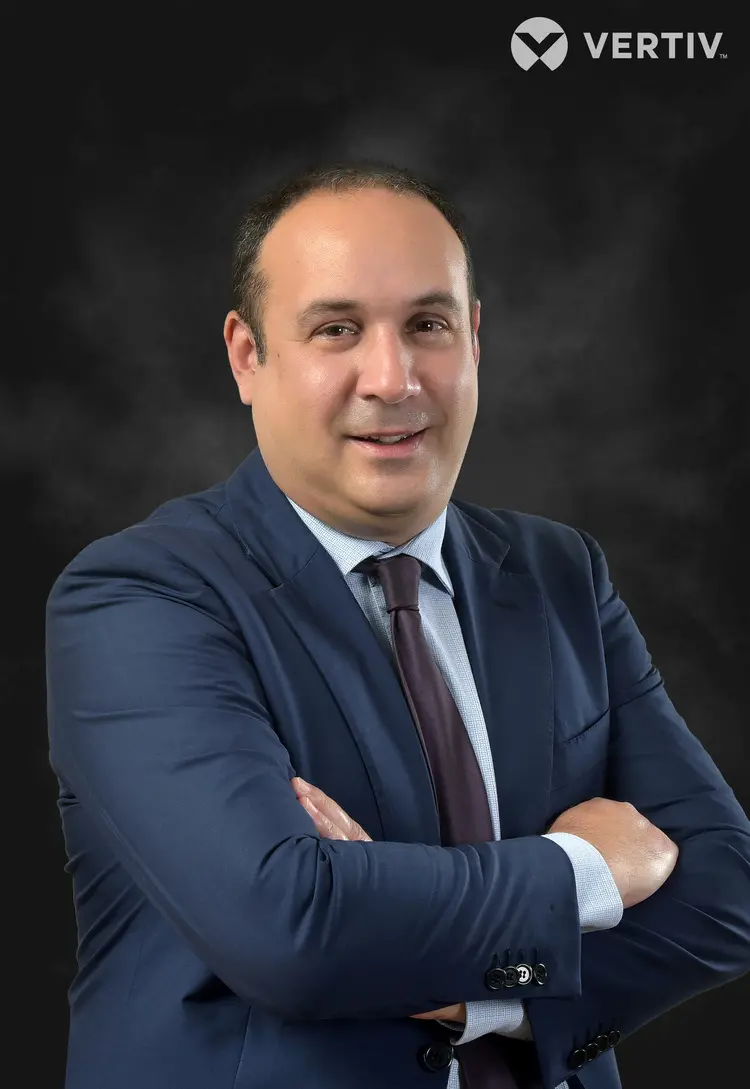Great leaps in medicine and science coupled with breakthrough technological innovations have made the treatment options for thyroid diseases less invasive. In fact, newer treatments like endoscopic thyroidectomy is now being presented as a treatment that is minimally invasive and with lesser complications to deal with.
The minimally invasive surgery leaves minimal scars as it employs the principles of natural orifice transluminal surgery (NOTES) to achieve a scar-free condition post-operation. Endoscopic thyroidectomy has been performed worldwide since the late ‘90s. In 1996, the first endoscopic parathyroidectomy procedure was conducted, leading to the advent of minimally invasive neck surgery. While open thyroidectomy leaves the patient with a big scar in front of neck, it involves a great deal of dissection as opposed to the transoral approach, which involves minimal dissection. As a result, the latter leads to decreased post-operative complications.
“Transoral endoscopic thyroidectomy is an effective technique with little complications compared with other thyroid operations,” said Dr. Rohit Kumar, Specialist General Surgeon, and Medical Director of Medeor 24x7 Hospital Dubai. “The medical procedure allows us to access the thyroid gland even with minimum opening to address the disease, while at the same time knowing that the results will be aesthetically pleasing to our patients as well.”
Endoscopic thyroidectomy via an axilla and breast approach has been deemed to be safe and feasible. The procedure covers the rendering of a five to ten millimeter incision on the axilla and the breast. Medical experts have described the procedure as a minimally invasive surgical method for thyroid diseases that usually yields good post-operative results. In addition, the procedure is expected to find a role in the treatment of nodular thyroid disease resulting in excellent cosmetic outcomes.
Post-surgery scar is one of the key concerns of patients with thyroid swellings. Some patients are reported to suffer from low self-confidence, with others shunning social activities, because of the visible scar left by the procedure in the body. Dr. Rohit said the transoral technique aims to address this concern and provide new hope to patients.
-Ends-
© Press Release 2019Disclaimer: The contents of this press release was provided from an external third party provider. This website is not responsible for, and does not control, such external content. This content is provided on an “as is” and “as available” basis and has not been edited in any way. Neither this website nor our affiliates guarantee the accuracy of or endorse the views or opinions expressed in this press release.
The press release is provided for informational purposes only. The content does not provide tax, legal or investment advice or opinion regarding the suitability, value or profitability of any particular security, portfolio or investment strategy. Neither this website nor our affiliates shall be liable for any errors or inaccuracies in the content, or for any actions taken by you in reliance thereon. You expressly agree that your use of the information within this article is at your sole risk.
To the fullest extent permitted by applicable law, this website, its parent company, its subsidiaries, its affiliates and the respective shareholders, directors, officers, employees, agents, advertisers, content providers and licensors will not be liable (jointly or severally) to you for any direct, indirect, consequential, special, incidental, punitive or exemplary damages, including without limitation, lost profits, lost savings and lost revenues, whether in negligence, tort, contract or any other theory of liability, even if the parties have been advised of the possibility or could have foreseen any such damages.










